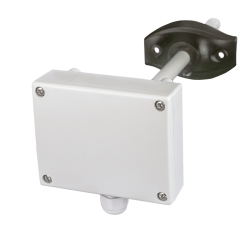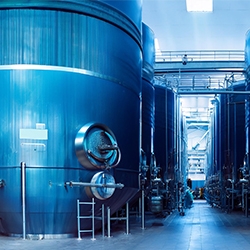
Tufo or carbon dioxide gas is an inevitable byproduct of alcoholic fermentation, but with the appropriate measures, the dangers it poses can be minimised. Effective ventilation, continuous monitoring, proper staff training, and the implementation of emergency protocols are essential to protect workers and prevent fatal accidents.
Tufo is the term commonly used to describe the carbon dioxide (CO2) released during alcoholic fermentation. In this process, yeasts transform the sugars present in the must (grape juice) into alcohol and CO2. Although this gas is colourless and odourless, it is denser than air and tends to accumulate in low-lying and poorly ventilated areas, such as cellars, wineries, and fermentation tanks.
Tufo gas is particularly dangerous due to its ability to move and accumulate in areas with little air circulation. Its greater density compared to air causes it to settle in lower areas, where it can displace oxygen.
Exposure to high levels of CO2 can have devastating effects on the human body:
This danger is especially high in wineries and other enclosed spaces where fermentation occurs, such as in the production of wine, cider, txakoli, and beer.
To avoid tragedies, it is essential to implement a series of preventive measures in places where alcoholic fermentation is carried out:
Adequate ventilation: the installation of efficient ventilation systems is crucial. These systems must be able to extract accumulated CO2 and refresh the air within cellars and other enclosed spaces. Wall-mounted ventilation and high-capacity extractors are effective options to maintain safe oxygen levels.
CO2 monitoring: It is essential to have continuous monitoring systems to measure CO2 concentration in the workplace. Gas detectors should be installed in strategic locations to alert workers if CO2 levels exceed safe limits.
Worker training: Employees must be trained to recognise the dangers associated with tufo gas and how to respond in an emergency. This includes the ability to use personal protective equipment (PPE) such as breathing masks and quickly evacuate contaminated areas.
Emergency protocols: establishing and practising emergency protocols is essential. Wineries and factories must have clearly defined and accessible evacuation plans, as well as rescue equipment in case a worker becomes trapped in a hazardous environment.
Below we recommend Casals products that can help you ensure optimal ventilation and maximum safety in wineries and fermentation spaces. Our ventilation systems are designed to prevent the accumulation of CO2 and protect workers in hazardous environments.
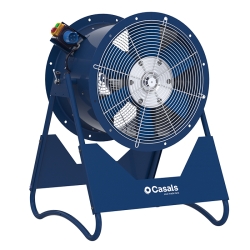
Portable cased fan with cetac plug, on/off switch and adjustable air jet. For workstations, drying parts and surfaces.
> more information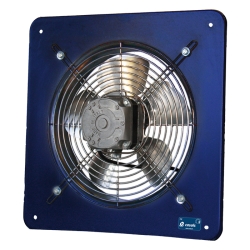
Wall-mounted fan with a square galvanized steel frame and aluminum impeller, protected by a grid. For air renewal in all types of premises.
> more information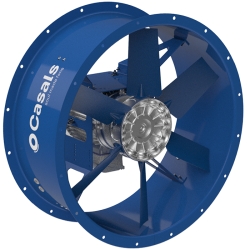
Short-cased fan with variable pitch blades, with reinforced and painted steel casing to protect against corrosion. Modular motor-impeller assembly to make it more versatile in case of replacement. For air renewal and smoke extraction up to 50ºC.
> more information